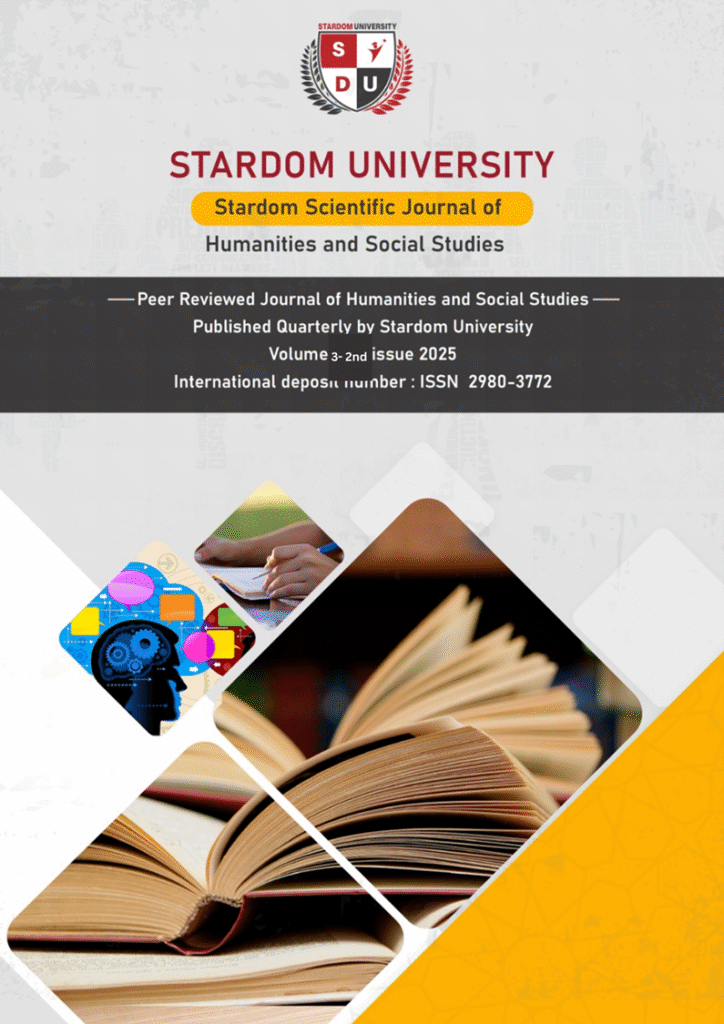- Stradom Journal
This study takes a close look at the characters in Christopher Marlowe’s plays using AI technology. It uses methods like natural language processing (NLP), sentiment analysis, network theory, and computational stylistics to study four of Marlowe’s major works: Doctor Faustus, Tamburlaine the Great, The Jew of Malta, and Edward II.
The research finds deep psychological, thematic, and relationship patterns in the characters.
It offers a new way of manipulating literary works using the AI tools, showing how computational tools can help us better understand early modern drama. Marlowe as one of the greatest Elizabethan dramatists and one of the University Wets, his works exemplify a turning point in dealing with drama as a real field of human psychology. This work looks at how power, ambition, and identity are shown in the characters of Marlowe’s major plays.
It is the first study that uses AI to analyze psychological, thematic, and related patterns in Marlowe’s dramatic characters, connecting traditional study of literary texts with artificial intelligence. In analyzing Marlowe’s characters, the study looks at how those characters show ambition, power, morality, and the human experience, revealing the complex nature of these themes and reflecting the internal conflict between human duty and uncontrolled ambition.
This paper aims to bring together the traditional method of studying literature as a human treasure written in books whatever the forms and types of it, and the digital technology by using AI tools to study Marlowe’s characters. By using techniques like sentiment analysis, character network mapping, and rhetorical profiling, the study contributes to both Marlowe scholarship and digital humanities. It introduces Marlowe not just as a famous Renaissance figure, but as an over ages psychological dramatist who can be studied using modern technology




